Appeal of the Tokugawa Art Museum
A Collection that Enlivens Edo-period Daimyō Culture ―Unparalleled in Quantity and Quality―
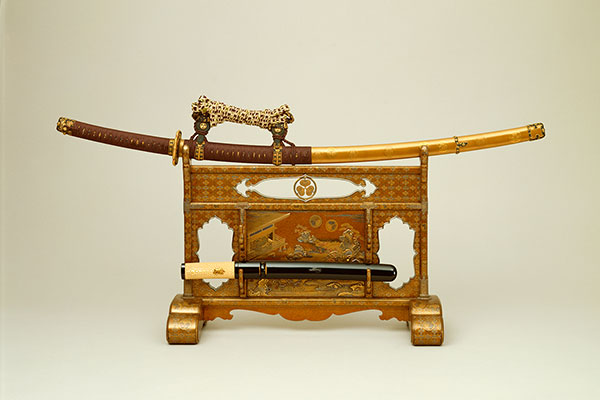
The Tokugawa Art Museum preserves and displays treasures of the Owari Tokugawa, the senior branch of the three collateral houses of the Tokugawa. It was established in Nagoya in 1935 by the nineteenth-generation head of the family, Yoshichika, who wished to communicate daimyō culture to future generations. The magnitude and quality of its family treasures reflect the status and history of the Owari Tokugawa.
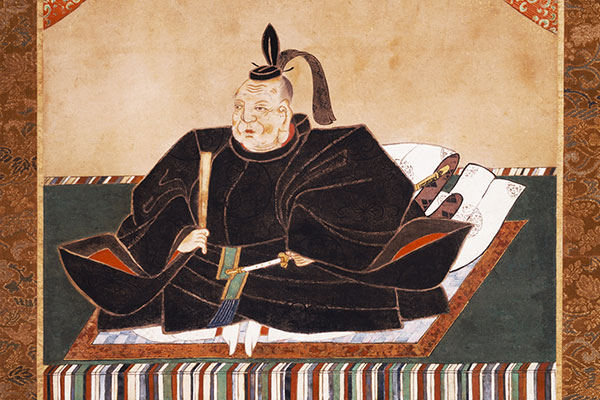
The Legacy of Tokugawa Ieyasu
Tokugawa Ieyasu died at the age of 75 on April 17, 1616. He had spent his last years at Sunpu Castle, which came to hold a vast amount of treasures including swords, armor, tea and incense utensils, and various other art works. Upon his death, these possessions were bequeathed to the Owari, Kii, and Mito Tokugawa branches. (The Owari line was established by Yoshinao, Ieyasu’s ninth son.) These items came to be called the “Sunpu Bequest,” which contained many objects that had passed through the hands of famous personages such as Sen no Rikyū, Ashikaga Yoshimasa, Oda Nobunaga, Toyotomi Hideyoshi, and others. In subsequent years, the collection grew to encompass the beloved belongings of each successive lord and his wife. Donations and purchases from the Meiji period onwards have expanded the collection to over ten thousand objects. Beyond the sheer quantity and quality, the extensive records transmitted about each holding’s provenance are an unparalleled feature of the museum’s collection.
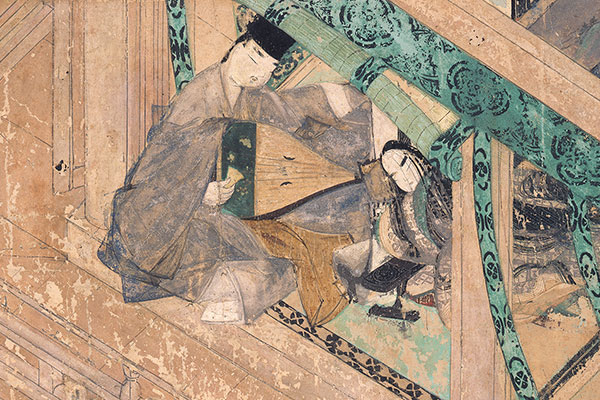
National Treasures
The Tokugawa Art Museum holds 9 designated National Treasures, 59 Important Cultural Properties, and 46 Important Art Objects. Some highlights include: The National Treasure Illustrated Scroll of The Tale of Genji (early 12th century), the oldest surviving pictorial representation of The Tale of Genji, and The Hatsune Furnishings, consisting of magnificent lacquer pieces that were part of the wedding trousseau of Chiyohime, the third shogun Iemitsu’s eldest daughter, who married Mitsutomo, the second lord of the Owari family. These are just two of the particularly brilliant gems of the museum’s collection. Displayed publicly, such holdings continue to convey the special features of Japanese culture, one of the world’s most richest artistic traditions.
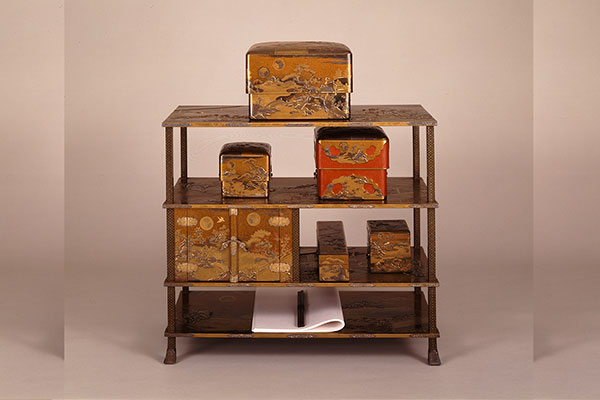
The Quality of Preservation
Most of the Tokugawa Art Museum’s holdings were carefully maintained by the Owari Tokugawa as family treasures in Nagoya Castle. Thus, a feature of the collection lies its remarkable state of conservation across its extensive range of objects including armor, weapons, and military equipment, as well as paintings, calligraphy, textiles, and lacquerware.
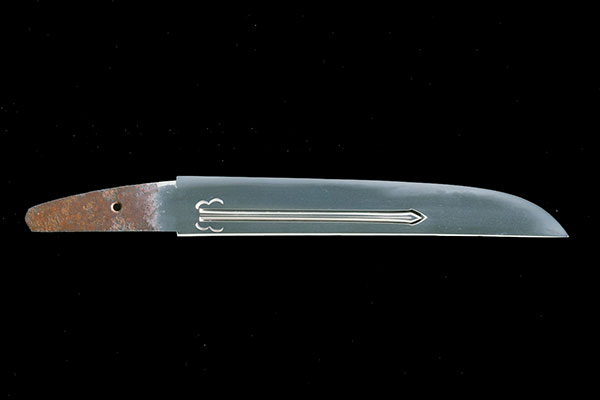
In addition, the sword blades have not been sharpened, allowing visitors to appreciate their original appearance from the Edo period, a special draw for this set. That these well-preserved objects have survived through the tumult of the Meiji period and the air raids of WWII testifies to their peerless value as a cultural legacy.
The Showa-era Main Hall ―Various Special & Thematic Exhibitions in the Tangible Cultural Property―
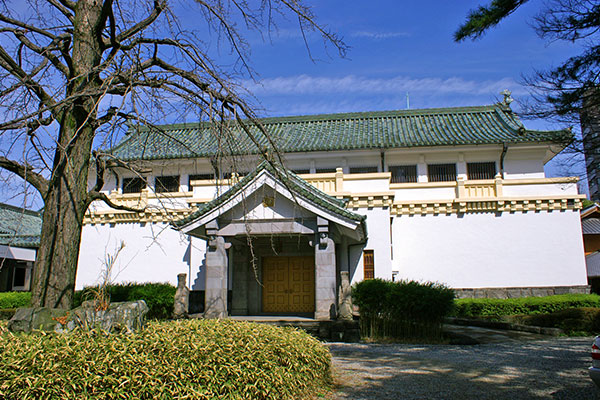
The Showa-era Main Hall
The construction of the Main Hall of the Tokugawa Art Museum started in 1932 after a public contest of its exterior design. The construction was completed in the spring of 1935, and it subsequently opened in the fall. Equipped with the most advanced facilities for its time, the building was even introduced in European architectural circles as an innovative art museum. The Main Hall and its southern storehouse were built in the imperial-crown architectural style (teikan yōshiki), which echoes the architectural motifs of a castle. As an exemplary example of early Shōwa museum architecture, the building is registered as a Tangible Cultural Property.
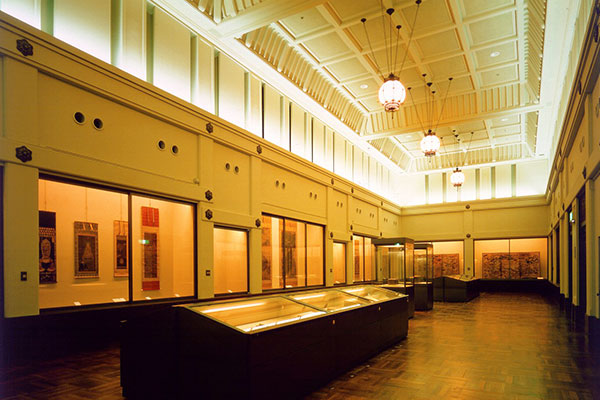
Throughout the year on various themes, exhibitions are held in rooms seven through nine of the Main Hall. Some shows are organized in conjunction with the Nagoya City Hōsa Library, whose display room lies adjacent. Incorporating the most current research, the curators strive to organize shows set in the special, dignified atmosphere of the Main Hall, where numerous works of art and historical documentation allow for deeper appreciation of daimyō culture. (Please check the annual schedule for the themes and details of each exhibition.)
The New Hall Based on Nagoya Castle ―The Masterpieces Gallery in the reproduced quarters of Ninomaru Goten―
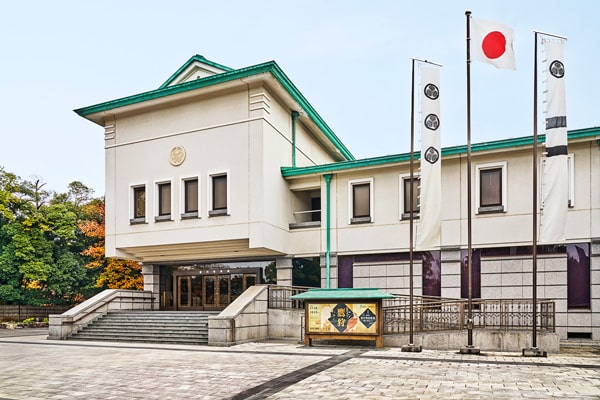
To commemorate the fiftieth anniversary of the museum, plans for the construction of the New Hall commenced in 1985, and the wing was completed in 1987, thanks to the many donations that the museum received. For its exterior, the structure’s design was based on the motifs of Nagoya Castle’s white walls and green roof. The entrance hall, with its narrow windows for firing guns, emulates the square-enclosure entrance (masugata koguchi) of Nagoya Castle. Visitors are then welcomed to the exhibition rooms by an entrance that replicates the castle’s Fumei Gate.
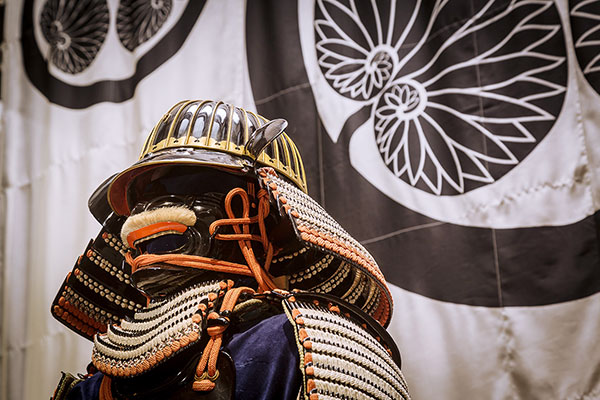
The Masterpieces Gallery (exhibition rooms no. 1-5) of the New Hall recreates some of the formal living quarters of the Owari Tokugawa, the Ninomaru Goten of Nagoya Castle. Based on historical records, these rooms allow visitors to appreciate the beauty not just in the art works on their own, but in the harmonious, seasonal assemblage of objects in various settings, a holistic view that embodies Japanese traditional aesthetics.
The displays in the Masterpieces Gallery undergo four major rotations annually. In addition, almost every month, some works are interchanged to reflect the season. Each room is organized around a context that is described below. Periodic special exhibitions amplify these and other topics.
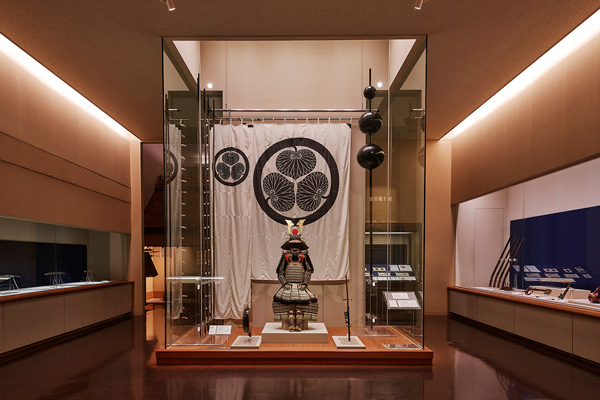
Exhibition Room No. 1: Symbols of the Warrior: Arms and Armor
This room recreates the “First Display of Armor” an annual observance among warrior families on the eleventh of the New Year. A full set of armor sits in the center; to its left are a sword and its mounting, as well as a horse insignia (umajirushi); to its right are a battle baton and a spear mounting. This centerpiece conveys the room’s focus on the symbols of samurai identity: weapons, armor, and other military equipment. In rotation, famous blades, fittings, and sword appraisals are displayed, as well as other weapons such as bows, arrows, and firearms. The museum’s collection of bladed weapons—including short swords and halberds (naginata)—amount to almost 1000. They constitute one of Japan’s foremost collections of its kind in both quality and magnitude.
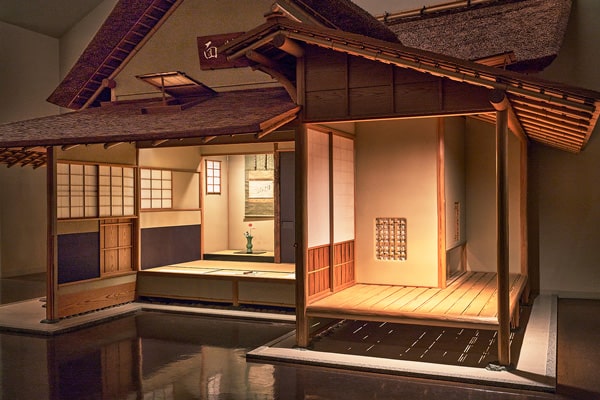
Exhibition Room No. 2: The Practice of Tea: a Daimyō’s Tea Room
This room recreates the Sarumen Tea Room at Ninomaru Goten, Nagoya Castle. It was a national treasure, but was destroyed by fire during WWII. In this setting, visitors can appreciate tea utensils, hanging scrolls, vases, and many other famous objects associated with the tea ceremony, an elegant pursuit of daimyō.
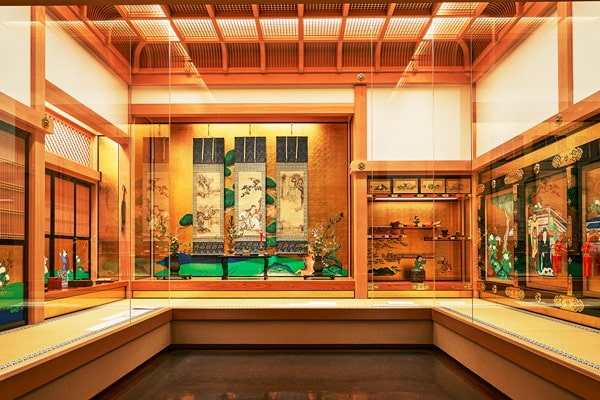
Exhibition Room No. 3: The Formal Chamber of a Daimyō’s Residence
This room recreates the study (shoin) and preparation area (kusari no ma, literally “chain room”) of the Ninomaru Goten, Nagoya Castle. It shows the tea utensils, hanging scrolls, and calligraphy implements that were handled there. In the case of the Owari Tokugawa, the shoin was an official space for governance. The exhibition space thus replicates its various formal, magnificent displays such as the board-style alcove (oshiita), the staggered shelf (chigaidana), and the desk (shoindoko), all of which testified to the status and authority of the Owari Tokugawa. With this history, the museum holds one of the leading Japanese collections of Chinese-style lacquerware, inks, and incense.
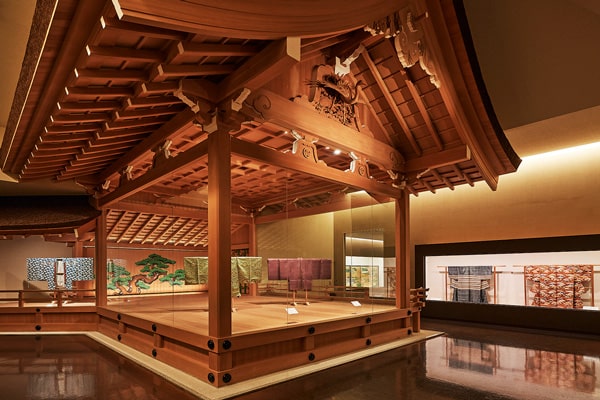
Exhibition Room No. 4: the Daimyō Patronage of the Noh Theater
After being received in the shoin, visitors to the castle would be invited to observe performances of Noh, which was the formal entertainment of the warrior class. Most daimyō families thus maintained Noh costumes, props and various implements. This room recreates the Noh stage of the Ninomaru Goten. In this setting, visitors can appreciate the astoundingly well-preserved costumes, as well as masks, drums, flutes, and other implements. The Tokugawa Art Museum has a particularly rich collection of costumes and masks for the Noh and Kyōgen traditions of theater.
The above exhibition rooms, numbers 1 through 4, comprise what would be recognized as the omote, or the front section of the daimyō residence, where guests would be received, and more public functions would take place. In proceeding through this sequence of rooms, you can experience what it must have been like to be a honored guest of the Owari Tokugawa, receiving the hospitality of one of the most powerful daimyō of Japan.
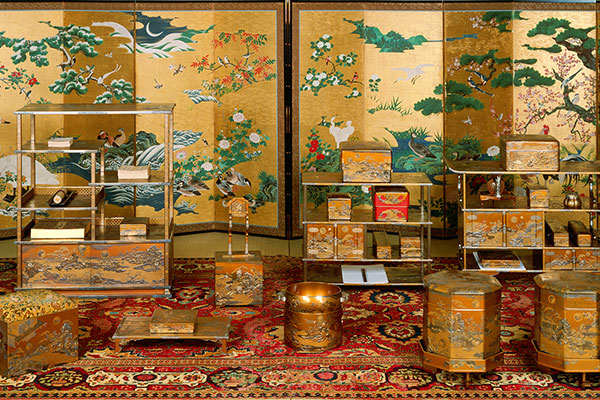
Exhibition Room No. 5: Objects and Furnishings of Elegant Living
The world of the inner, private chambers, the oku, contrasts with the more public rooms of the front. In this exhibition room, beloved possessions of wives and princesses are displayed in accordance with the seasons. Besides special exhibitions on various themes, several pieces from the Hatsune Furnishings, a national treasure, are regularly shown. Moreover, every year in late November, a section of The Illustrated Scroll of The Tale of Genji, another national treasure, is displayed. Since the Genji scrolls cannot be shown continuously for conservation needs, a replica and images serve to introduce the work in exhibition room number 6.
Together with the Tokugawa Garden and Hōsa Library ―Serenity within the City Experiencing the Atmosphere of Daimyō Culture―
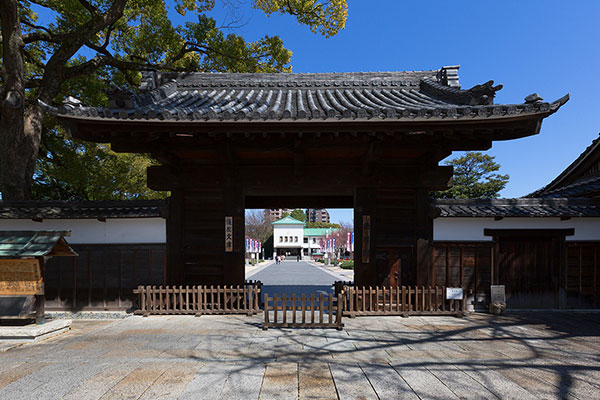
As one enters the Tokugawa Garden through the so-called Black Gate (the main entrance of the former Owari Tokugawa Nagoya estate), abundant greenery envelops the stone-paved pathway, at the end of which one can see the façade of the Tokugawa Art Museum. The synthesis between the museum and the garden produces a tranquil atmosphere that extends into exhibition spaces. Such immersion into the timeless spirit of traditional Japanese culture is a one of the major alluring features of the Tokugawa Art Museum.
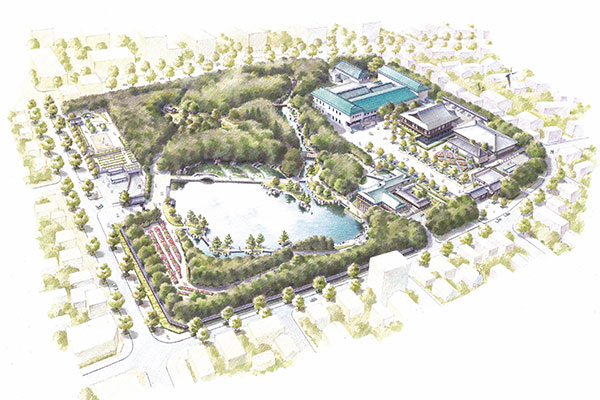
In November 2004, the Tokugawa Garden and the Nagoya City Hōsa Library reopened after extensive renovations. The Hōsa Library, adjacent to the garden with its strolling path around a pond, houses the Owari Tokugawa’s records and other texts. With these renovations, the exhibition spaces of the museum and library are fully integrated, and the whole area has become a center for the appreciation of Edo-period warrior culture.
Valuable Services ―Learn, Experience, Enjoy―
The Tokugawa Art Museum holds commemorative lectures and special public lectures on the themes of the various exhibitions. Periodically a series of lectures are offered as a course on a particular topic. Some examples are: a Saturday series on “The Life and Culture of Daimyō,” an introduction to reading old documents, and a course on Edo studies.
The museum also offers a rich program for children, such as Saturdays classes for children (free admission to elementary, middle, and high school students), and summer history courses.
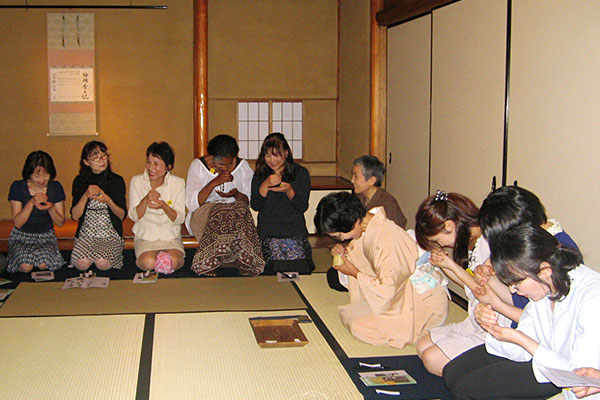
Other programming includes an annual tea gathering in the fall, participatory workshops on exhibition themes, volunteer docent tours, and other services to facilitate deeper engagement for the visitors.
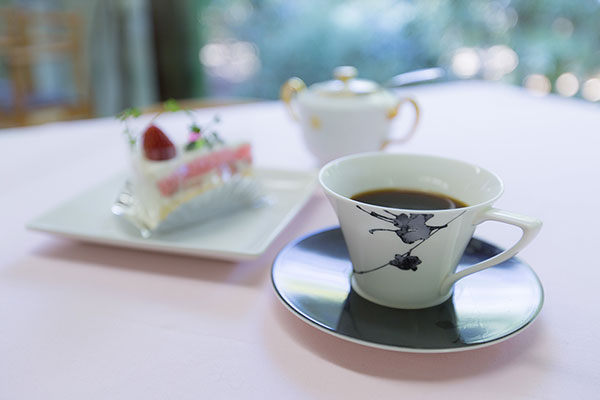
Besides a shop and cafeteria inside, visitors can also enjoy dining and shopping around the museum in facilities such as the Japanese restaurant Hōzentei, the Garden Restaurant Tokugawa-en, and the shop Aoi.
For group visitors, we offer services such as use of the lecture hall and tea ceremony rooms for a fee. Groups may also arrange to visit the facilities during holidays or after closing (please inquire for details).
